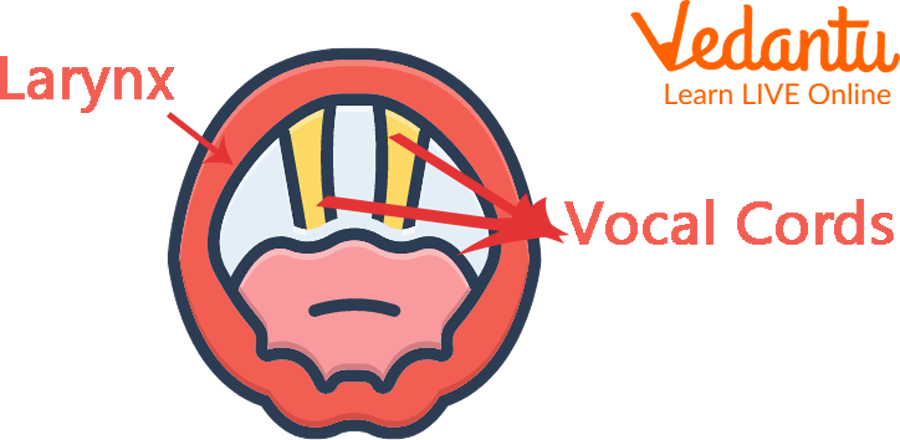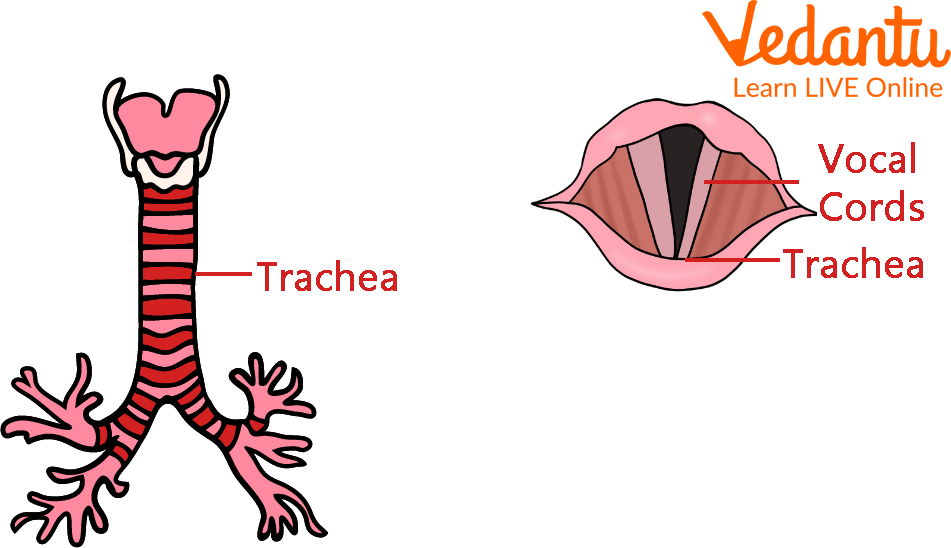




An Overview of Voice
The vocal tract of humans is used to produce a variety of sounds, including talking, singing, laughing, sobbing, screaming, shouting, humming, and yelling. The vocal folds (vocal cords), which are the main sound source in human sound production, are especially a portion of the human voice frequency.
In this article, we will learn about the vocal tract of human body. How is sound produced in humans, what vibrates to produce sound etc. will be the main points of discussion in this article. We will also discuss about all importants topics about human voice box. So, without wasting any time, let’s dive in!

Voice
Human Voice
Unvoiced consonants, clicks, whistling, and whispering are all produced from the same general area of the body as other sound-producing processes. Generally speaking, the lungs, the vocal folds within the larynx (voice box), and the articulators are the three components that make up the process for producing the human voice.
To cause the vocal folds to vibrate, the lungs, or "pump," must provide enough airflow and pressure. The laryngeal sound source is formed by the vibrating vocal folds (vocal cords), which employ the airflow from the lungs to produce audible pulses. To "fine-tune" pitch and tone, the laryngeal muscles change the length and tension of the vocal folds.
The vocal tract's articulators, which include the tongue, palate, cheek, lips, and other parts, articulate and filter the sound coming from the larynx. They can also, to a certain extent, work with the laryngeal airflow to amplify or weaken the sound. The articulators and vocal folds can work together to create incredibly complex soundscapes.
The voice tone can be altered to convey many emotions, including surprise, fear, happiness, and sadness. The human voice is utilized to convey emotion and can also indicate the speaker's age and sexual orientation. The human voice is a musical instrument used by singers.
What Vibrates to Produce Voice?
When the vocal folds come together, they produce sound and then vibrate or vibrate as air passes through them while expelling air from the lungs. Your voice is created as a sound wave by this vibration. The vocal cords originate from the sound vibrations of the human voice. The vocal folds are attached to the largest laryngeal cartilage within the larynx called the thyroid cartilage of "larynx".

Vibrates to Produce Human Voice
Voice Box in Human
The region of the throat where the vocal cords are located and where breathing, swallowing, and talking take place also known as larynx. The larynx, often known as the voice box, is a structure that houses various vital bodily processes. The larynx is involved in voice production, breathing, and swallowing. The vocal cords vibrate when air passes through them, which in turn causes the pharynx, nose, and mouth to produce sound waves.

Voice Box in Human
How is Sound Produced in Humans
In humans, the voice box or larynx produces sound. The voice box is covered by two vocal cords. The vocal cords vibrate to make sound when the lungs force air. The type or quality of voice differs depending on whether the vocal cords are loose and thick or tight and thin. Humans produce sound by the vibrations of the vocal cords. Sound is transmitted in a medium (gas, liquid, or solid). It cannot be transmitted in vacuum.

Sound Produced in Humans
Vibrating Bodies Produce Sound
Vibration causes the creation of sound. A body vibrates and causes the medium to vibrate and sound waves are created. A wave travels through a medium, which is a substance. Particles move forward and backward as sound waves travel across a medium. Only vibrations with a frequency between 20Hz and 20kHz result in sound. A vibrating body generates sound waves. The air in front of the vibrating object is compressed as it advances in a single direction. The air is under reduced pressure when the vibrating object moves in the opposite direction, which causes the air molecules to expand, or rarely.
Summary
To conclude all the conceptual understanding regarding human voice in this article, we can say that the larynx's muscles are stretched during speech, which causes the opening to become smaller. When air is driven through the slit, the vocal cords vibrate. More vocal cord tightening causes more vocal cord vibrations, which results in a louder voice. With this, we are wrapping up the article. We have already learnt about the human voice and now we have enough information about it. We hope you enjoyed reading this article, in case of any other doubts, feel free to ask in the comments.
FAQs on What Vibrates to Produce Voice?
1. Why do people have various Voices?
Each person's voice has a completely distinct sound due to their particular vocal cord shape and size, as well as the size and shape of the rest of their body, particularly their vocal tract, and the way they typically create and articulate their speech sounds. It differs in voices due to the vocal card, local language, the language spoken in the family, sometimes by practice. The flutes are all the same but there is a difference in their tone. It depends on the length, thickness, speed of inhalation, and closure of finger holes for vocalisation etc. Something similar happens with the laryngeal tube that the pressure of the surrounding muscles and the practice of local speaking make it different.
2. Give two purposes to human sound.
The human voice is the sound that is made by humans using vocal folds to speak, sing, laugh, cry, scream, etc. Humans use the voice to communicate with each other.
3. Why do Humans speak yet animals cannot?
Animals lack language because they lack abstract thought, which means they lack both the potential and the necessity for abstract designators, such as words, which constitute language. The distinction between abstract and concrete mind can be seen in the differences between human language and animal symbols or signs. The majority of primates have distinctive cries with clear meanings. It has been demonstrated that some captive monkeys can use graphic pointing boards to form phrases and communicate with their keepers.
Whales and dolphins use sound to communicate extensively. Any backyard chicken keeper can attest that chickens have several "clucks" that signify various things (I can tell if my chooks are concerned, excited or have just laid an egg, amongst other things). Bees have incredibly advanced communication techniques; even though they lack vocal boxes, they can convey rather complicated information through vibration, dance, and smell.









